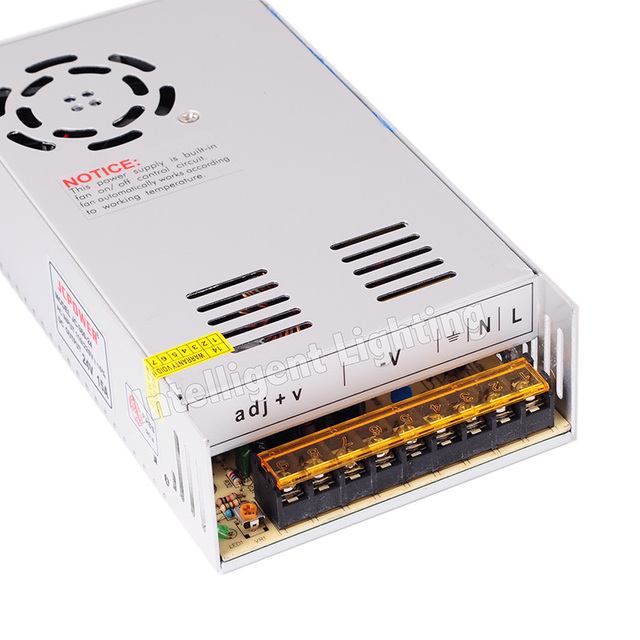DC is getting traction with renewables. One can argue that, once renewables become our major source of power generation, our houses would be wired for DC. It is just more efficient cutting away AC-DC conversion.
But that's another story.
Today's story focuses on the desk I am building.
I have 3 monitors, two computers, one little amplifier. Plus I want to charge my phone when I am at my desk. Plus I might want to install some fancy LED lights. They all require DC power, but my house is wired AC. So they needed some sort of power supply.
Here's the thing: Monitors these days wanted to be SLIM. Power supplies are the main constraint. Solution? Power supplies are made external. The result is, you ended up with a SLIM and SEXY monitor coupled with a bulky power supply.
Multiply them by 3, plus one more that is powering the amp. What a nightmare trying to cable manage these beasts.
So I came up with an idea to power all things DC with just one power supply. I'll leave the two computer power supplies alone for now. They are complex enough to not to be dealt with.
Here's where I wear my Electrical Engineer hat.
My monitors and the amp takes 24V. So it is easier to get a 24V power supply.
The original power supplies for the monitors and the amp are rated 24V 3A. Adding up the amperages, plus some buffer to have enough juice to power my USB charger, I ended up with a 15A requirement for the supply.
So that's what I got.

The 15A power supply comes with a fan. A fan. That turns. Turning makes noise. Oh boy.
Take a deep breath, cut the cords, splice the internal wires, and connect to the terminals. Before connecting to my monitors and amp, I adjusted the output voltage by turning the potentiometer and measuring the output terminals using a multimeter to make super sure that the supply outputs the right voltage. You don't want to loose any of your precious monitors because you missed the right voltage!
And finally connect the other end of the wires to the monitors. Fire up the power supply and watch the monitors coming to life! Huzzah!
 Yonghan
Yonghan
Discussions
Become a Hackaday.io Member
Create an account to leave a comment. Already have an account? Log In.